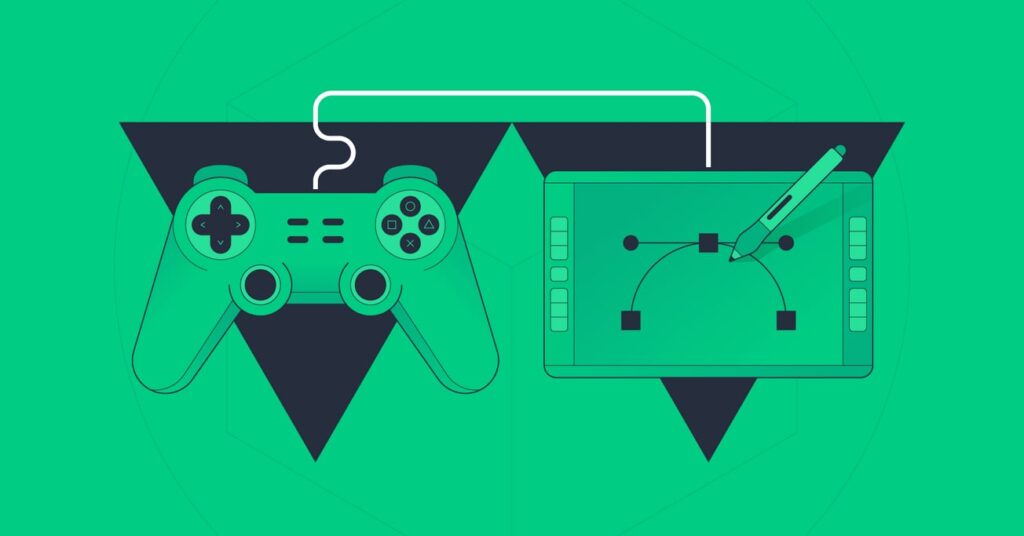Game designers are challenged to create games that not only entertain, but also engage players for extended periods of time. Designing for engagement requires a deep understanding of human psychology and behavior. Motivation: is at the heart of engagement – a player’s innate desire to interact with the game and achieve a specific outcome or goal. Curiosity is a powerful intrinsic motivator that can keep players engaged for extended periods. Extrinsic motivation can also be a powerful tool in keeping players engaged. Learning is another key factor in keeping players engaged. Progression is a way to create a sense of achievement and mastery.
Introduction
As video games continue to grow in popularity and reach wider audiences, game designers are challenged to create games that not only entertain, but also engage players for extended periods of time. Designing for engagement requires a deep understanding of human psychology and behavior, as well as an ability to incorporate principles of motivation, learning, and reward into game design. In this article, we will explore some of the key psychological principles that help keep players hooked and engaged with games.
Motivation: The Key to Engagement
At the heart of engagement is motivation – a player’s innate desire to interact with the game and achieve a specific outcome or goal. There are two types of motivation: intrinsic and extrinsic. Intrinsic motivation is driven by a player’s personal interest, curiosity, or enjoyment of the game. Extrinsic motivation comes from external factors, such as rewards or social pressure.
The Role of Curiosity
Curiosity is a powerful intrinsic motivator that can keep players engaged for extended periods. Games that are designed to provoke curiosity through hidden secrets, challenges, and puzzles can entice players to keep playing in order to discover what lies ahead. One popular example is the game “Myst,” which became a classic due to its cryptic puzzles that required players to use their curiosity and problem-solving skills to progress.
Social Pressure and FOMO
Extrinsic motivation can also be a powerful tool in keeping players engaged. Social pressure, or the fear of missing out (FOMO), can compel players to keep playing in order to keep up with their peers or compete in leaderboards. Games that incorporate social features, such as friend lists or multiplayer modes, can capitalize on this extrinsic motivator to drive engagement.
Learning: The Power of Challenge and Mastery
Learning is another key factor in keeping players engaged. Players enjoy a sense of progress and mastery over the game, and game designers can create engaging experiences by balancing challenge and reward. Too much challenge can lead to frustration, while too little can lead to boredom. The concept of flow, or the optimal balance between challenge and skill, is crucial in keeping players engaged.
Progression and Unlockables
Progression is a way to create a sense of achievement and mastery. Games that offer unlockable content, such as new levels, characters, or items, can motivate players to keep playing in order to earn these rewards. This progression can be tied to both intrinsic and extrinsic motivation, as players may want to unlock content out of personal interest or to show off to their peers.
Feedback and Reward
Feedback is also important in helping players learn and improve. Games that provide clear and immediate feedback on player actions can help reinforce learning and encourage players to continue playing. Rewards, such as points, achievements, or power-ups, can also reinforce learning and add an extra layer of motivation to game play.
Conclusion
Designing for engagement is a complex task that requires an understanding of psychology and behavior. By incorporating principles of motivation, learning, and reward into game design, game designers can create engaging experiences that keep players hooked for extended periods of time. Games that offer a sense of curiosity, challenge, and progression can motivate players on both intrinsic and extrinsic levels, while clear feedback and rewards can reinforce learning and add an extra layer of motivation to game play.
